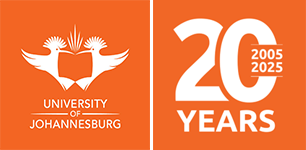Siyakha Youth Assets Study
One of the CSDA’s longest-running projects is the Siyakha Youth Assets Study, which was originally conceived by Professor Leila Patel at a roundtable discussion on youth unemployment in late 2012 and was officially launched in 2013.
Youth unemployment remains one of South Africa’s major challenges. As Professor Patel wrote in an article about Siyakha for The Conversation Africa in 2019, unemployment sits at around 50% for the country’s almost 10 million young people aged between 15 and 24. She wrote: “Not only do young people struggle to find work but the process of getting a job in South Africa is expensive.”
Siyakha assesses to what extent the South African government’s various programmes designed to help young people are supporting members of this group in their quest to find work. The study has produced a variety of academic outputs and policy proposals. The most recent, an article by Prof Patel, CSDA Director Professor Lauren Graham and CSDA Research Associate Professor Gina Chowa (Global Social Development Innovations, University of North Carolina Chapel Hill) was published in Children and Youth Services Review in November 2020. The article, as with much of the CSDA’s work, focuses on potential solutions.
In the paper, Evidence of non-economic indicators as markers of success for youth in youth employability programs: Insights from a South African study, the authors point out that studies which evaluate youth employment programmes prioritise employment and earnings outcomes to indicate what labour market interventions are most successful. In their cluster randomised controlled longitudinal study, the trio explored the experiences of 1892 young people aged between 18 and 25 who took part in such programmes. Their key finding? That non-economic indicators should be included to measure success for youth.
They wrote: “This study provides evidence that non-economic markers of success such as job-search resilience, self-esteem, self-efficacy and future orientation are potentially important in the transition to employment in the longer term and points to the need for more evaluations that use these markers to predict youth’s success in employment.”
Download the full report here.
